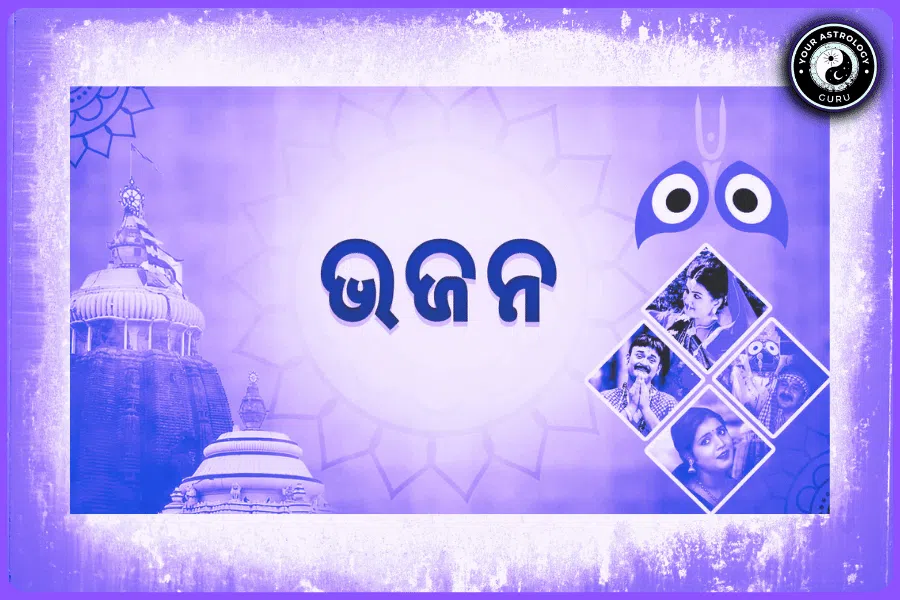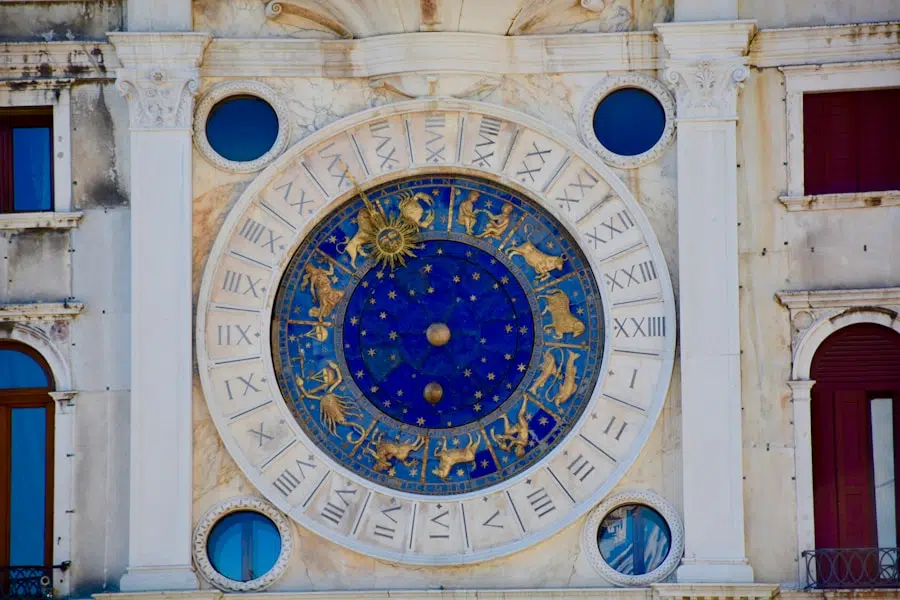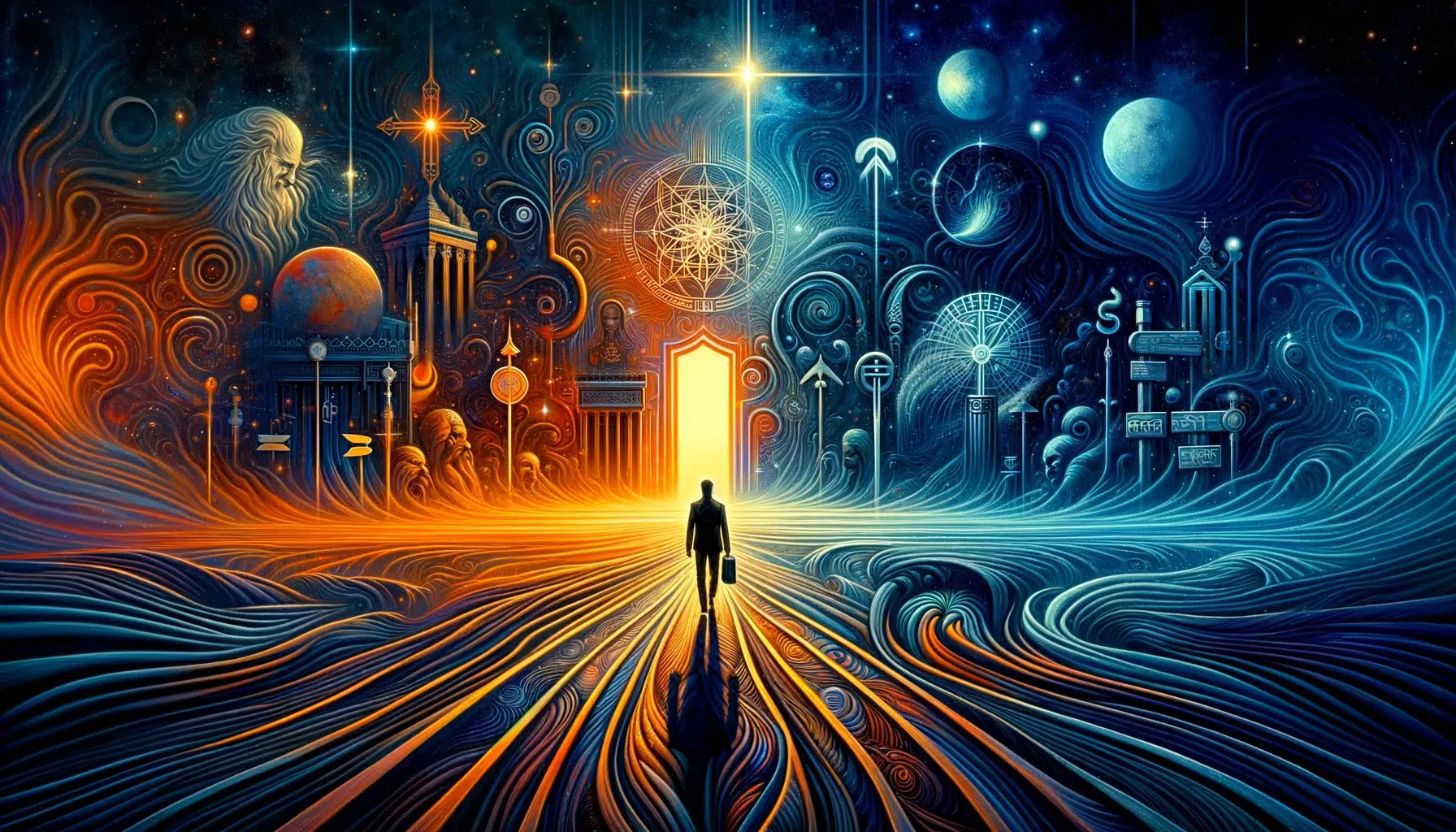Ramcharitmanas is an epic poem written by the Indian saint and poet, Tulsidas, in the 16th century. It is considered one of the most important works in Hindu literature and is revered by millions of people around the world. The epic tells the story of Lord Rama, the seventh avatar of Lord Vishnu, and his journey to rescue his wife Sita from the demon king Ravana.
Ramcharitmanas is written in Awadhi, a dialect of Hindi, and consists of seven books or chapters called Kandas. Each Kanda focuses on a different aspect of Lord Rama’s life, from his birth and childhood to his exile in the forest and his final victory over Ravana. The epic is not only a narrative of Lord Rama’s life but also contains profound spiritual teachings and lessons for the soul’s journey towards enlightenment.
Table of Contents
The Historical Context of Ramcharitmanas: Understanding the Time and Place
Ramcharitmanas was written during a time of great political and social upheaval in India. The Mughal Empire was at its peak, and there was a clash between Hindu and Muslim rulers. Tulsidas himself lived during this period and witnessed the destruction of temples and persecution of Hindus.
The political and social context of the time greatly influenced the writing of Ramcharitmanas. Tulsidas used the epic as a means to unite Hindus and inspire them to resist oppression. He portrayed Lord Rama as the ideal king who ruled with justice and righteousness, regardless of religious differences.
The Spiritual Significance of Ramcharitmanas: A Journey of the Soul
Ramcharitmanas is not just a story; it is a spiritual guide that teaches individuals how to live a righteous life and attain spiritual enlightenment. The epic explores various aspects of spirituality, such as devotion, karma, dharma, and the ultimate goal of liberation.
The teachings of Ramcharitmanas emphasize the importance of leading a virtuous life and following one’s dharma. It teaches that every action has consequences and that one must strive to do good deeds and avoid evil. The epic also emphasizes the power of devotion (bhakti) in attaining spiritual liberation. It teaches that through unwavering devotion to Lord Rama, one can overcome all obstacles and attain union with the divine.
The Role of Lord Rama in Hinduism: An Exploration of His Divine Nature
Lord Rama is considered one of the most important deities in Hinduism. He is revered as the ideal man, the perfect embodiment of virtue, righteousness, and compassion. Lord Rama is believed to be an avatar of Lord Vishnu, who took human form to restore order and righteousness on earth.
The divine nature of Lord Rama is depicted throughout Ramcharitmanas. He is portrayed as a compassionate and just ruler who always upholds dharma. Lord Rama’s unwavering devotion to his duty and his willingness to sacrifice his own happiness for the greater good make him an inspiration for millions of people.
The Importance of Bhakti (Devotion) in Ramcharitmanas: A Path to Spiritual Enlightenment
Bhakti, or devotion, plays a central role in Ramcharitmanas. It is considered the most effective path to attain spiritual enlightenment and union with the divine. The epic teaches that through unwavering devotion to Lord Rama, one can overcome all obstacles and attain liberation from the cycle of birth and death.
The importance of bhakti is emphasized through various characters in Ramcharitmanas. Characters like Hanuman, Sita, and Bharata are portrayed as epitomes of devotion, who selflessly serve Lord Rama with unwavering faith and love. Their devotion serves as an inspiration for readers to cultivate their own devotion and surrender to the divine.
The Symbolism of Characters in Ramcharitmanas: A Deeper Understanding of the Epic
Ramcharitmanas is filled with symbolism, which adds depth and meaning to the epic. Characters like Lord Rama, Sita, Hanuman, and Ravana represent different aspects of human nature and spiritual qualities.
Lord Rama symbolizes righteousness, compassion, and the ideal ruler. Sita represents purity, devotion, and the divine feminine. Hanuman symbolizes unwavering devotion and selfless service. Ravana represents ego, desire, and the forces of evil.
By understanding the symbolism behind these characters, readers can gain a deeper understanding of the epic and its teachings. It allows them to see themselves reflected in the characters and learn from their virtues and flaws.
The Power of Mantras in Ramcharitmanas: Chanting and Its Significance
Mantras play a significant role in Ramcharitmanas. Chanting mantras is believed to have a profound effect on the mind and soul, purifying them and bringing them closer to the divine.
The epic is filled with powerful mantras that are chanted by various characters. These mantras invoke the blessings of Lord Rama and help the characters overcome obstacles and achieve their goals. Chanting these mantras is believed to have similar effects in real life, helping individuals overcome challenges and attain spiritual growth.
The Influence of Ramcharitmanas on Indian Culture: Its Impact on Society and Literature
Ramcharitmanas has had a profound influence on Indian culture, shaping society and literature for centuries. The epic has inspired countless works of art, music, dance, and drama, which continue to be performed and appreciated today.
The teachings of Ramcharitmanas have also had a significant impact on society. The epic promotes values such as righteousness, compassion, and devotion, which have shaped the moral fabric of Indian society. It has also played a role in fostering unity and harmony among people of different religious backgrounds.
The Relevance of Ramcharitmanas in Modern Times: A Message for Today’s World
Despite being written centuries ago, Ramcharitmanas remains relevant in modern times. Its teachings of righteousness, compassion, and devotion are timeless and can guide individuals in navigating the challenges of today’s world.
The epic teaches the importance of leading a virtuous life, treating others with kindness and respect, and cultivating a deep sense of devotion to the divine. These teachings can help individuals find meaning and purpose in their lives and contribute to the well-being of society.
The Significance of Ram Navami: Celebrating Lord Rama’s Birth and His Teachings
Ram Navami is a Hindu festival that celebrates the birth of Lord Rama. It is observed on the ninth day of the Hindu month of Chaitra, which usually falls in March or April.
On this day, devotees fast, chant prayers, and read or recite Ramcharitmanas. They also participate in processions and reenactments of Lord Rama’s life. The festival is an opportunity for devotees to express their devotion to Lord Rama and seek his blessings.
Ramcharitmanas as a Source of Spiritual Inspiration and Guidance
Ramcharitmanas is not just an epic poem; it is a source of spiritual inspiration and guidance for millions of people around the world. Its teachings on righteousness, compassion, devotion, and the ultimate goal of liberation continue to resonate with readers today.
The epic serves as a roadmap for the soul’s journey towards enlightenment, providing valuable insights into the nature of reality and the path to spiritual liberation. By studying and reflecting on the teachings of Ramcharitmanas, individuals can find guidance and inspiration in their own spiritual journey.















